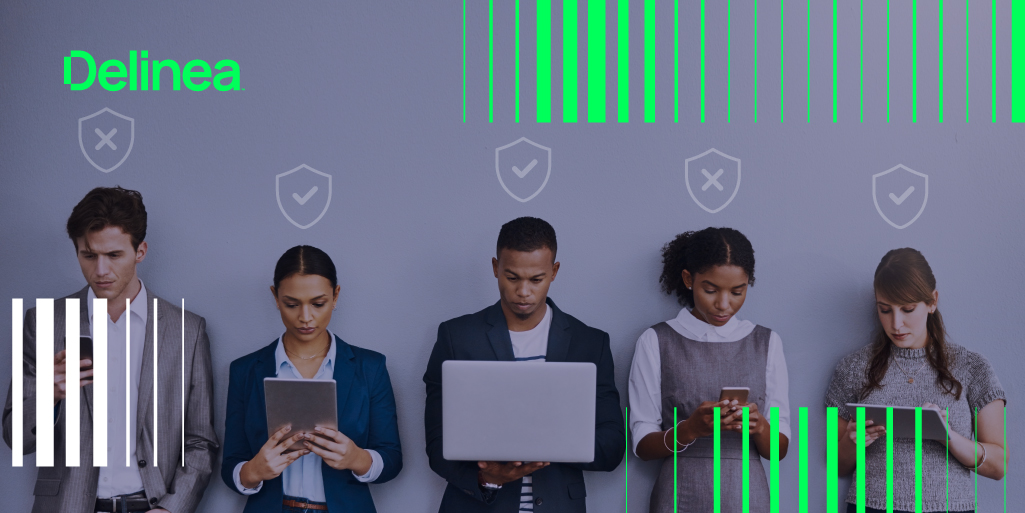Take a PAM lifecycle approach with a cloud twist
Securing privileged cloud access begins by understanding what it means for your specific organization and how the causes for incidents listed above affect you. Don’t assume access relates only to certain roles or employees. In fact, most privileged access also involves non-human accounts that manage infrastructure, remote access, automation, service accounts, third-party access, and DevOps privileged accounts.
Follow the PAM lifecycle approach to ensure that you are properly protecting your cloud infrastructure interactions
Taking a PAM lifecycle approach to security, cloud access provides a proven framework for managing privileged accounts whether on-premise or in the cloud. Following this path is the best way to ensure that you are properly protecting your cloud infrastructure interactions.
Define access – Your business functions rely on data, systems, and access, and dependencies on these entities vary from one organization to another, so make sure to define your privileged cloud access. If you aren’t sure how to get started, refer to your disaster recovery plan—it typically classifies your critical business systems, applications, and data. Then, map your privileged accounts to your business risk and business operations.
Develop IT cloud access policies – Your organization should have a policy that details acceptable use and responsibilities for privileged cloud accounts? Your working understanding of who has privileged access, and when it’s used, is vital. Treat privileged accounts separately by clearly defining a privileged account and spelling out acceptable use policies. Identify and track ownership of privileged accounts throughout their life cycle.
Discover your privileged accounts – Automated Privileged Access Management (PAM) software identifies your privileged accounts, implements continuous discovery to curb privileged account sprawl, identifies potential insider abuse, and reveals external threats. Ongoing visibility of your privileged account landscape is central to combating and reducing cybersecurity threats.
Protect your passwords – Verify that your solution can automatically discover and store privileged accounts; schedule password rotation; audit, analyze, and manage individual privileged session activity; and monitor accounts to quickly detect and respond to malicious activity. Protecting your privileged account cloud passwords goes beyond having a password manager.
Establish Single Sign-on sessions to target systems for better operational efficiency of administrators that combine multi-factor authentication and privileged access security. Your goal is to minimize the ability of humans to create and choose passwords. This oversight reduces cyberattacks that use techniques, such as credential stuffing, while helping to eliminate exploits of bad cyber hygiene behavior, such as password reuse.
Limit IT admin access – Develop a least-privilege policy to enforce least privilege on endpoints and to limit IT admin access to cloud applications without disrupting business operations. Privileges should only be granted on demand when required and approved. Least privilege and application-control solutions enable seamless elevation of approved, trusted, and allowed applications while minimizing the risk of running unauthorized applications.
Monitor and record sessions – Your PAM solution should monitor and record privileged account activity, which helps enforce proper behavior and avoid mistakes by users. Audit, record, and monitor privileged activities to assist with regulatory compliance. You must be able to manage, monitor, and restrict the administrative access of IT outsourcing vendors and managed service providers (MSPs) to cloud and internal IT systems because many incidents result from compromised third parties.
Detect abnormal usage – Visibility into the access and activity of your privileged accounts in real-time helps catch suspected account compromise and potential user abuse. Track and alert on user behavior. Early detection of security incidents significantly reduces the cost of a data breach.
Respond to incidents – Include privileged access in your incident response plan in case an account is compromised. Simply changing privileged account passwords or disabling the privileged account isn’t adequate when a privileged account is breached. If you need help with your incidence response plan, check out Delinea's customizable cybersecurity incident response plan template.
Audit and analyze – Continuously monitoring privileged account usage via audits and analysis reports helps identify unusual behaviors that may indicate a breach or misuse. These automated reports track the cause of security incidents and demonstrate compliance with policies and regulations.


